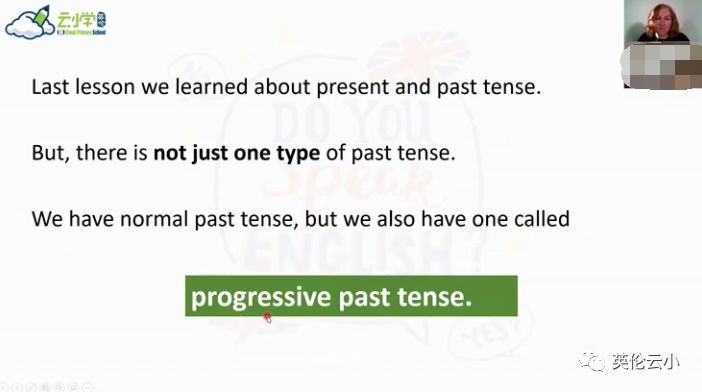Pet Past Tense
Guide or Summary:IntroductionThe Importance of Pet Past TenseUsing the Past Tense with PetsBenefits of Using Past Tense with PetsTitle: "How to Craft the Pe……
Guide or Summary:
- Introduction
- The Importance of Pet Past Tense
- Using the Past Tense with Pets
- Benefits of Using Past Tense with Pets
Title: "How to Craft the Perfect Pet Past Tense: A Comprehensive Guide"
Introduction
In the ever-evolving world of pet care, understanding the past tense of verbs is not only essential for communicating with your furry friends but also for crafting a more engaging and detailed narrative about your pet's adventures. This comprehensive guide delves into the nuances of pet past tense, offering practical tips, examples, and a deeper understanding of how to effectively communicate with your pets.
The Importance of Pet Past Tense
Communicating with your pets in the past tense can significantly enhance your bond and understanding. It allows you to recount your pet's experiences, learn from their past behaviors, and even train them more effectively. By using the past tense, you can describe specific events, actions, and emotions, making your interactions with your pets more meaningful and memorable.
Using the Past Tense with Pets
To effectively use the past tense with pets, it's important to understand how different verbs change in the past tense. Here are some examples to help you craft sentences that resonate with your pets:
- Present tense: "My dog barks."

- Past tense: "My dog barked."
- Present tense: "My cat climbs."
- Past tense: "My cat climbed."
- Present tense: "My rabbit hops."
- Past tense: "My rabbit hopped."

Using these past tense examples, you can create detailed narratives about your pet's past experiences, such as "Yesterday, my dog barked excitedly when he saw the mailman," or "Last week, my cat climbed up the highest tree in the backyard."
Benefits of Using Past Tense with Pets
There are numerous benefits to using the past tense with pets:
1. **Enhanced Communication**: By using the past tense, you can convey specific events and actions, helping your pets understand your intentions and desires.
2. **Memories and Bonding**: Recounting past experiences with your pets can strengthen your bond and create lasting memories. It allows you to reminisce about happy moments and learn from past mistakes.
3. **Emotional Understanding**: Using the past tense can help you understand your pet's emotions and behaviors better. For example, if your dog barked at a stranger last week, you can analyze the situation and understand why your dog might be fearful or protective.

4. **Effective Training**: By describing specific actions and behaviors in the past tense, you can use these descriptions as positive reinforcement during training sessions. For example, "Yesterday, my dog sat when I said 'sit,' and I gave him a treat."
Crafting the perfect pet past tense is a powerful tool in your arsenal of pet communication skills. By understanding and using the past tense effectively, you can enhance your bond with your pets, create lasting memories, and even improve your pet's training. Remember, the key to effective communication with your pets is patience, consistency, and empathy. So, start practicing the past tense today and watch as your relationship with your furry friends deepens and flourishes.